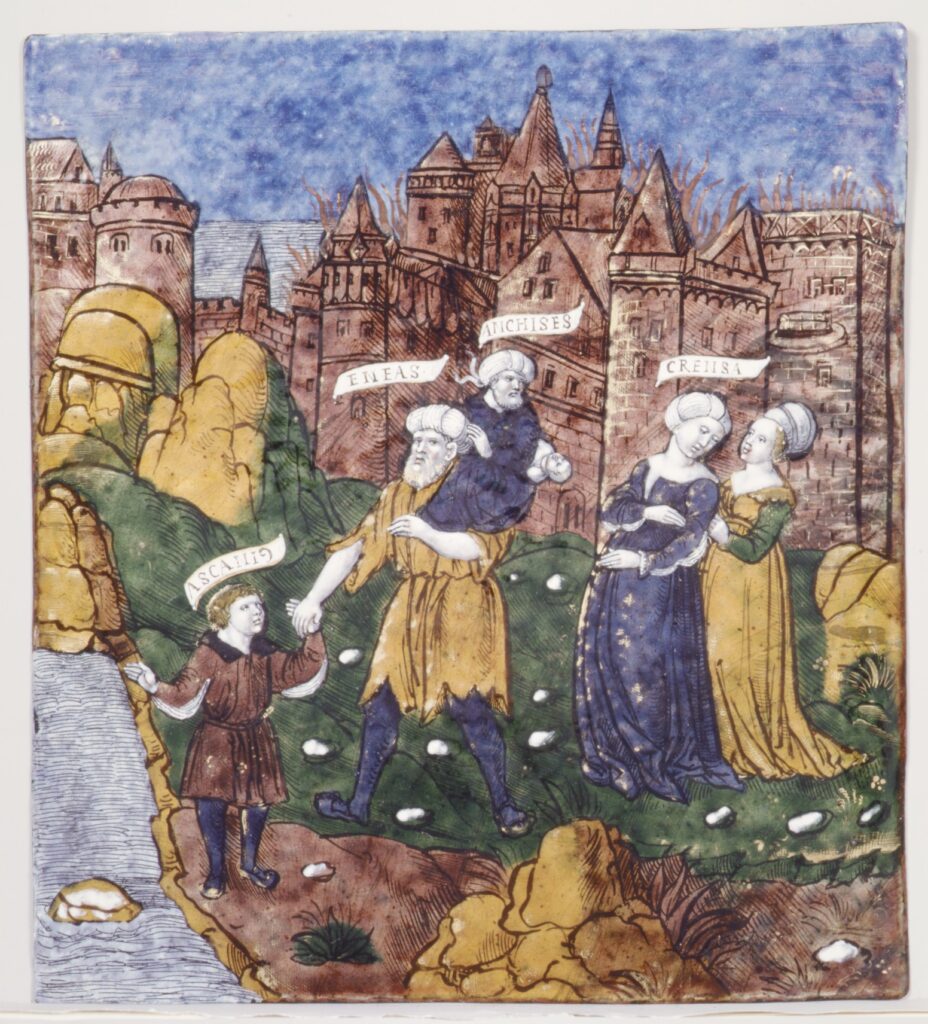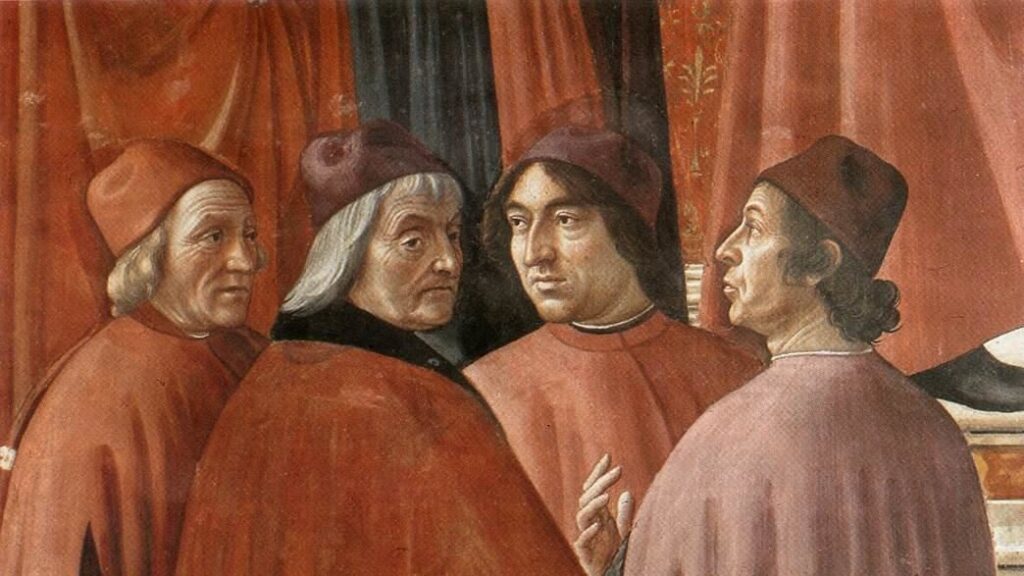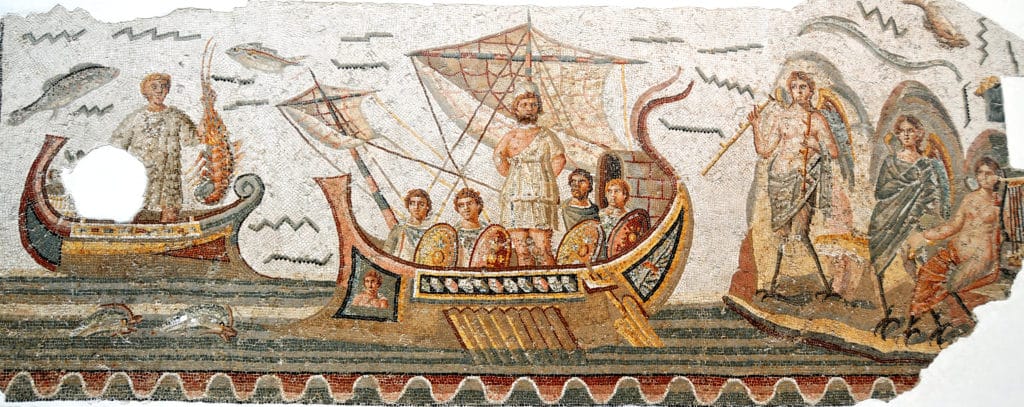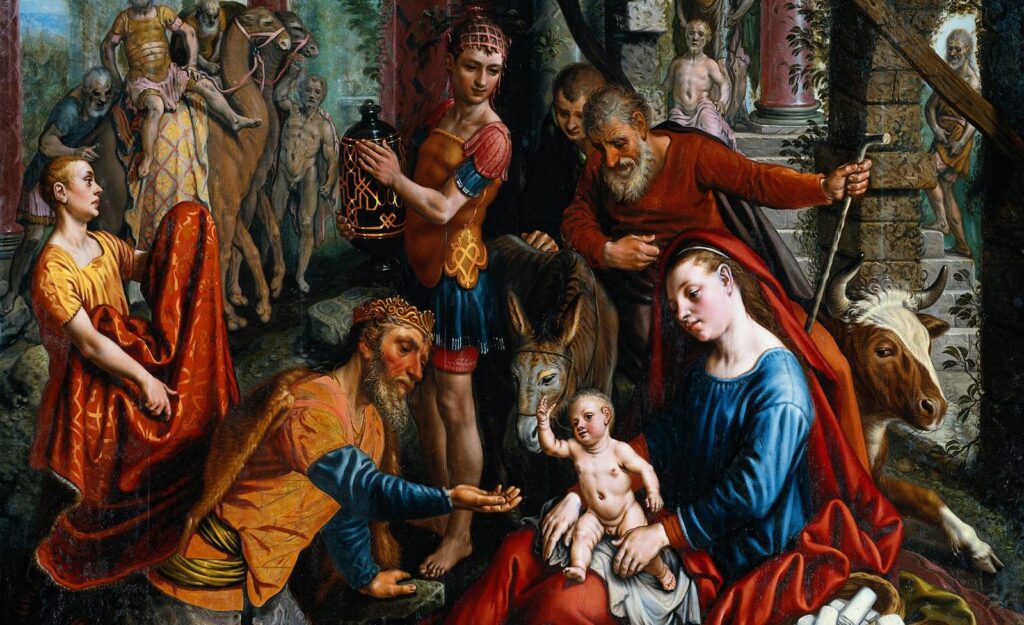
Christians Reading Pagans — Part 3
The Middle Ages:
With the fall of Rome in 476, western Christian culture experienced a rupture early in its history that indelibly shaped the institutional and cultural forms it came to take. The light of learning in Latin Christendom was not snuffed out in an instant with the dissolution of Rome’s imperial office—examples such as Boethius and Cassiodorus clearly prove otherwise. However, it nevertheless was slowly eroded by the loss, over a few generations, of all the supporting institutions of the Roman state. No longer the key to political advancement under barbarian rulers, the knowledge of Latin letters and rhetoric was kept alive only by the church. During the same period, the west was slowly cut off from the civilizing impact of Greek Christian culture, which did not experience its own rupture for another thousand years. Between the death of Boethius in 524 and the Italian renaissance, the only major western figure who had a thorough knowledge of Greek was that brilliant light of neoplatonic Christian philosophy, the Irishman John Scotus Eriugena.
Unlike in the late antique Greco-Roman world, education in the Latin middle ages, therefore, was under the exclusive purview of the church. Monastery schools were the primary institutions of education, operating on a meritocratic basis, accepting any youth who showed intellectual promise. Given the fact that the church controlled education, the fate of the pagan classics during this period is a surprising one. Tertullian and Augustine seemed to have sounded the death-knell of pagan literature in Christian education, after all—foreseeing a future in which pagan learning would be replaced by the Scriptures and Christian literary exemplars.
If one surveys the Latin poetry of the fourth and fifth centuries, it appears that these critics of the pagan poets had correctly predicted the course of things. During that period, Christians wrote Christian poetry meant to replace the pagan classics—works such as Prudentius’ Psychomachia, an allegorical poem about the struggle between virtue and vice in the soul; Severus Sanctus Endelechius’ scintillatingly titled De Mortibus Boum (“On the Deaths of Cows”), an allegorical poem that turned a plague among cattle into a lesson about the triumph of Christianity over paganism; Faltonia Betitia Proba’s Cento Vergilianus de laudibus Christi, an epic poem about the life of Christ composed of mixed-up lines from Virgil; and the Poematum de Mosaicae historiae gestis by Avitus of Vienne, a long poem in classical hexameters on themes from Genesis and Exodus.
During the same period, paganism had come under increasing political pressure in Rome. While emperor Theodosius I did not (as is sometimes claimed) make paganism illegal, by endorsing Christianity he removed many of the social and political impulses that fed pagan learning. When we get to the fifth century, therefore, there are no pagan poets of consequence. When considering the poetry that was beloved by the middle ages, therefore, one expects to see Christian authors predominating, concurrent with the slow disappearance of pagan authors.
What actually happened, however, is that interest in the pagan authors exploded. Manuscripts of Ovid’s works (including his quite salacious Ars Amatoria) filled the libraries of monasteries across western Europe, alongside those of Virgil and Horace: together they were considered the three great exemplars of Latin letters. The historical record, in fact, leaves the impression that once paganism as a living, continuous culture was thoroughly buried in the grave of history, medieval Christians got busy studying the pagan classics with joyful abandon. Not only did they read them, but they actually sang them. Some manuscripts of Virgil, Ovid, and Horace in the early middle ages contain a kind of early musical notation known as neumes. Imagine a choir of schoolboys singing passages from the Aeneid in what would sound to us like Gregorian chant, and you have a small taste of the medieval attitude toward the pagan poets—rather far from the sober, qualified endorsement of St Basil (1).
In many cases, the pagan poems were presented as ‘classics’ (in the etymological sense, meaning ‘of the first class’) of Latin literature, to be studied in the interest of attending to what is beautiful in its own right. Sometimes, however, the pagan poets were allegorized to transform their stories into tales of morality, or of the soul’s ascent to God. Such allegorization of poetry and myth was not a novel practice to the middle ages—pious Jewish rabbis had been allegorizing the overtly romantic Song of Solomon for over a millennium, and Christians had been allegorizing the Old Testament since Christ announced his resurrection by ‘the sign of Jonah.’ By allegorizing pagan myth, medieval educators made it suitable for Christian readers, giving it a pyschotherapeutic value for the education of the soul in virtue. Speaking of this practice, Dom Leclercq writes,
The result of this kind of pedagogy was to set free the consciences of both teachers and pupils with regard to the pagan authors, and to develop in all a power of enthusiasm and the capacity for admiration. It also made possible an amazing contact with ancient literature. The vital use they made of it is something that we can no longer achieve in our times. Ovid, Virgil, and Horace belonged to these men as personal property; they were not an alien possession to which to refer and quote with reverence—and with bibliographical references. Medieval men claimed for themselves the right to make the authors conform to usage, to the actual needs of a living culture. Each of these authors was quoted freely and from memory and even without acknowledgment. The important thing was not what he had said or meant, nor what he was able to say in his own time and place, but what a Christian of the tenth or twelfth century could find in him. (2)
The thorough embrace of pagan authors was not without some consternation, to which Leclercq alludes. Literate medievals had also read Augustine’s Confessions and knew of his condemnation of pagan literature as a futile, if not harmful, pastime (3). The tension created by this situation generated some remarkably creative literary appropriation. Along with allegorization, Ovid’s medieval readers were also able to appeal to a spurious autobiography titled De Vetula, which circulated widely in the middle ages as a genuine work. Claimed to have been found in Ovid’s tomb, the work described Ovid’s conversion to Christianity after being duped by a lover. Renouncing love affairs, he went on to teach “the mysteries of Our Lord, and the life and assumption of the Virgin Mary.” Virgil was also brought into the fold, as it were, because of what was thought to be his prophetic annunciation of Christ’s birth in the Fourth Eclogue (4).
The surprising role of the pagan classics in medieval western Christian culture is on full display in its greatest literary work, Dante’s Divine Comedy. The great pagan poets are placed in Limbo, where they experience neither suffering nor bliss, while some ostensibly Christian poets (some among whom were Dante’s friends) suffer much deeper in the Inferno. Dante’s wise guide through hell and purgatory is Virgil, a pagan poet, and in purgatory Dante and Virgil encounter the Roman author Statius, who (as Dante claims, on the basis of unknown evidence) secretly converted to Christianity. It is this ambiguous, credulous, delightfully creative approach to the pagan authors that characterizes the middle ages.
Before closing, let us take a brief look eastward to the situation in the East Roman Empire among Greek-speaking Christians (only known as “Byzantium” beginning in the early modern period). Greek Christian culture suffered no decisive break in its political and cultural history, as Latin Christendom had with the fall of Rome in 476. Even so, the fate of the pagan classics is somewhat parallel. Although less fanciful than their Western counterparts in devising Christian conversions and prophecies for their favorite pagan authors, Grecophone Christians continued to read Homer and the tragedians with delight throughout this period.
One anecdote illustrating the Greek Christian love of pagan poetry will have to suffice for what should command much greater attention. It is from the Chronographia of the philosopher and courtier Michael Psellos (1017–1078). Psellos describes the moment emperor Constantine IX’s companion Maria Skleraina fist entered the palace at Constantinople. One of the courtiers was heard to mutter two words—ou nemesis, the first part of line 3.156 from Homer’s Iliad. Homer’s poetry was such common currency that at once all the others present knew the reference: the Trojan elders’ exclamation at Helen’s beauty when she came to the city wall to watch the fighting (5): “Small blame that Trojans and well-greaved Achaeans should for such a woman long time suffer woes; wondrously like is she to the immortal goddesses to look upon. But even so, for all that she is such an one, let her depart upon the ships, neither be left here to be a bane to us and to our children after us” (6).
One notices at once the classical character of this anecdote from Psellos. Greek culture, more so than Latin, had a strong classicizing tendency towards language and literature during this period. Thus its reception of the Greek pagan cultural heritage can be said to be less fanciful and more scholarly—characterized by a concern with accurate imitation more than creative appropriation. The development of the language itself tells us this: while medieval Latin strayed far from its antique, Ciceronian canons of literary exactitude, medieval Greek literary style continually returned to Attic models from the golden age of Greek literature.
Thus, while in the West the middle ages stand out as a culturally distinct period—something noted at its close by the poet Petrarch—in the Greek east ‘the middle ages’ denotes a mere time frame more than a distinct cultural epoch, displaying as it does a greater continuity with late antique culture. The Greeks passed their own concern for accurate devotion to antiquity to the west during the Italian renaissance, of which more will be said in the next installment.
Related Courses:
Notes:
(1) You can see an example of neumes at Duke University’s website Dante’s Library. See Part 2 of this series for more on Basil the Great’s attitude toward the pagan classics.
(2) Leclercq, Jean, O.S.B. The Love of Learning and the Desire for God: A Study of Monastic Culture. 3rd ed. (pg. 119). Leclercq’s book is a treasure trove of medieval monastic culture, and has a fascinating chapter on liberal studies as one of the main sources of this culture.
(3) See Part 1 of this series for more about Augustine’s critique of the pagan poets.
(4) Leclercq, ibid. (pg 117).
(5) Psellos, Chronographia 6.61.
(6) Translated by A.T. Murray.
Author John Carr, after attending the Graduate Institute at St John’s College, taught humanities, Greek, and Latin for several years in classical schools. He recently left a homestead in the Green Mountains of Vermont to travel full-time with his family.
Note: Guest bloggers share their own thoughts as classical educators and learners and do not represent ClassicalU.com or Classical Academic Press. If you are interested in writing guest blog content, please contact us with your name, connection to classical education, and ideas for a blog post.








Responses